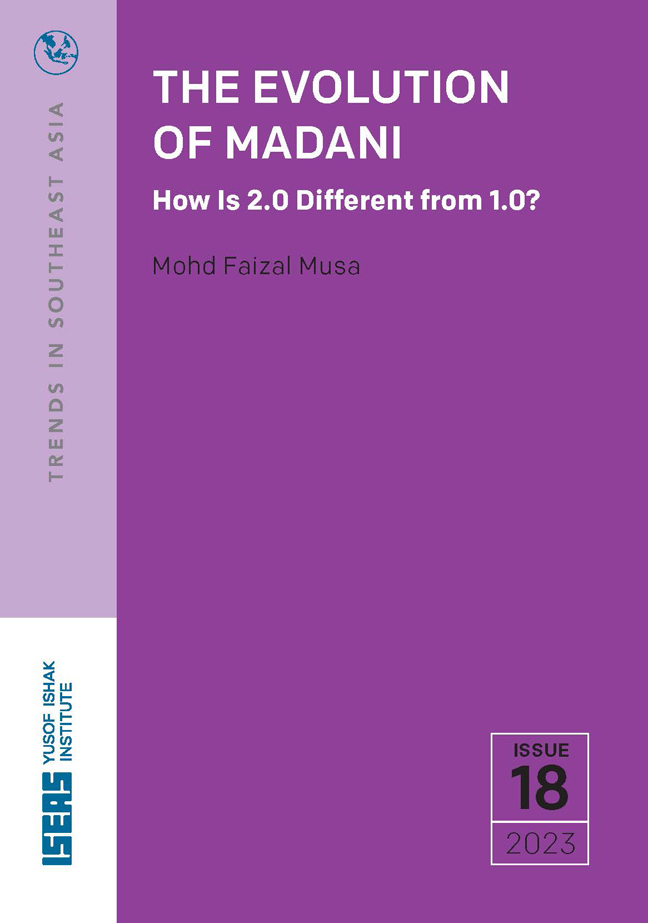The Evolution of Madani: How Is 2.0 Different from 1.0?
Published online by Cambridge University Press: 26 March 2024
Summary
EXECUTIVE SUMMARY
• In 1995, then Finance Minister and Deputy Prime Minister Anwar Ibrahim introduced “Masyarakat Madani” as his proposed economic framework for Malaysia. The term was heavily debated among scholars and politicians across all parties and ideologies. It was often argued that Madani was an effort to limit the rise of political Islam.
• Following Anwar Ibrahim's dismissal from government in 1998, Madani came to be more narrowly redefined as “civil society”. However, Anwar’s supporters, known as the “Anwarinas”, strove to keep the spirit of Madani alive and continued to promote its ideals of social justice, democratic values and inclusivity. They were encouraged further by the fall of Barisan Nasional from federal power in the 14th General Election in 2018.
• After Anwar Ibrahim became Malaysia’s tenth Prime Minister in 2022, he reintroduced Madani as a framework for the country, to be implemented in various sectors. Anwar Ibrahim likely received help from scholars such as Ziauddin Sardar, as reflected in his election manifesto, Script for a Better Malaysia. This time around, the core component of Madani is Maqasid Al-Shariah, or the higher objectives of sharia.
• In that sense, Madani is now arguably more an expression of what may be called post-Islamism. For it to succeed, however, it will have to counteract the growing power of the conservatives and Islamists. This may be an uphill battle, given that a key component party of the unity government—UMNO—is facing several allegations of corruption.
- Type
- Chapter
- Information
- The Evolution of MadaniHow Is 2.0 Different from 1.0?, pp. vii - viiiPublisher: ISEAS–Yusof Ishak InstitutePrint publication year: 2023



